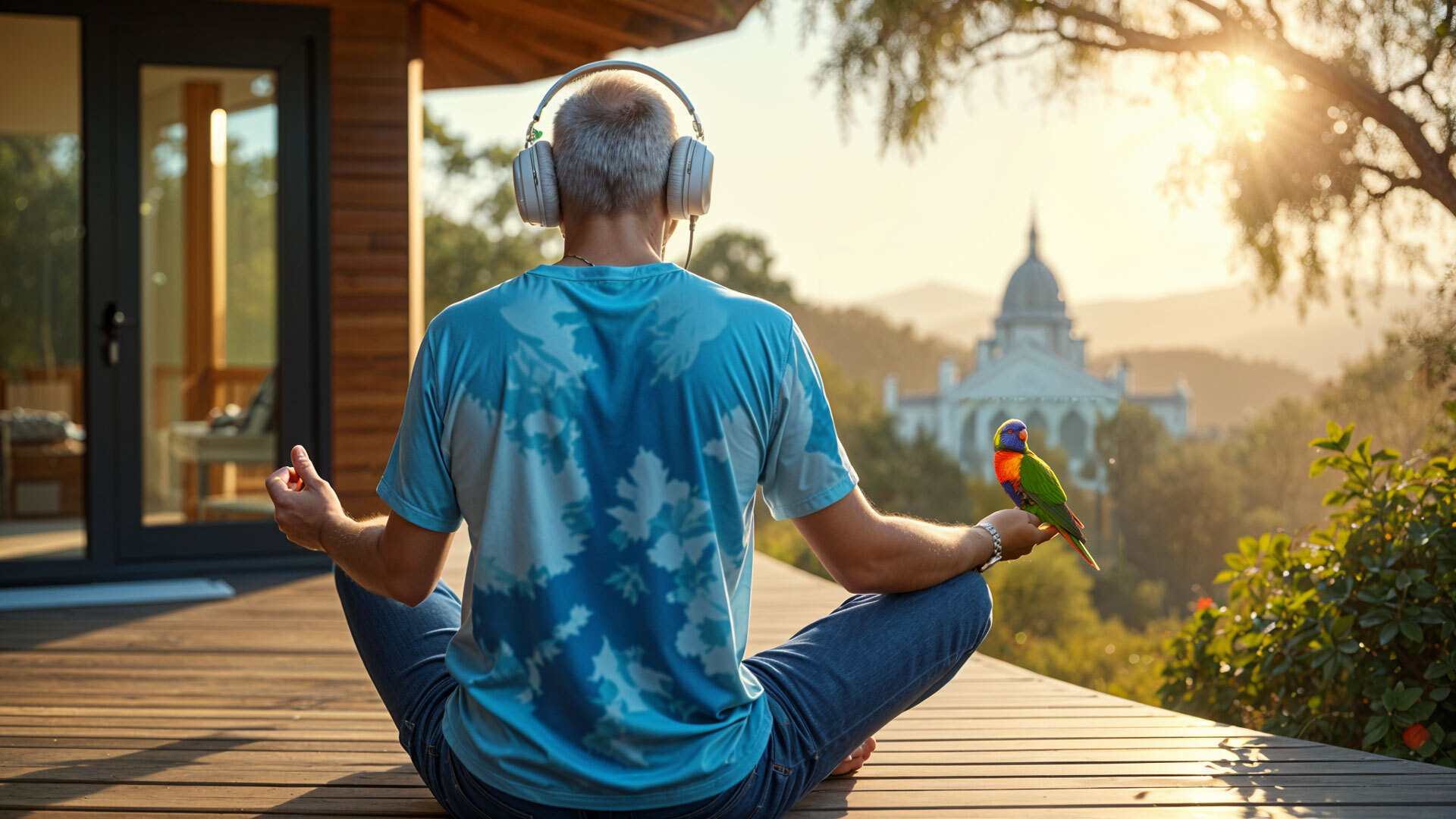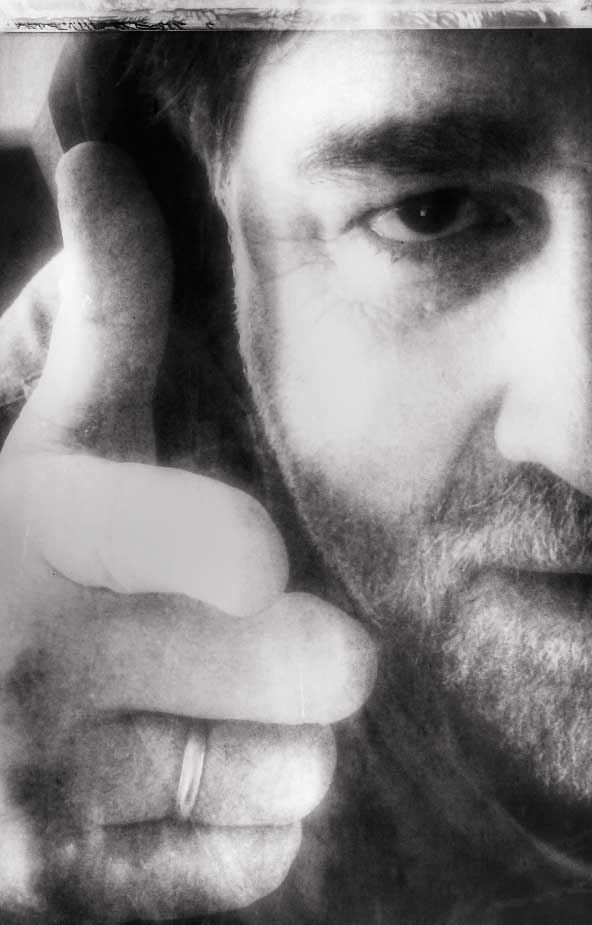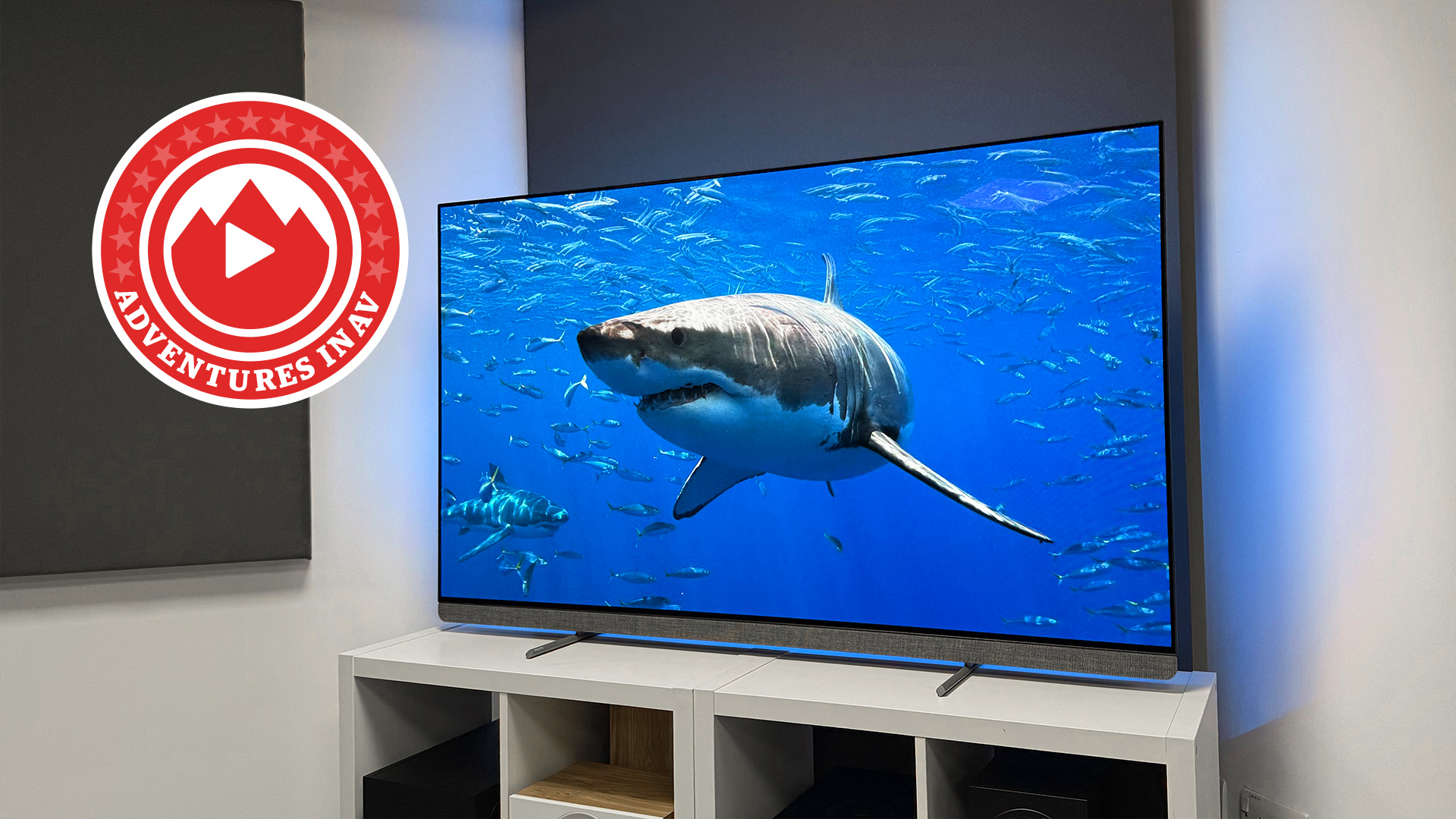
I did a pretty stupid thing back in the early 1990s. The first portable DAT recorder had just been released, the Aiwa HD-S1, a nice little unit, and I took one with me around the world, trying to record silence. Or at least, places that were as silent as possible. In the tumbled houses of Pompeii, the temple platforms of Olympia, down wadis in Jordan and up mountains in India, I set up my little twin-pair stereo microphone and dozed or read a book while recording half an hour of as little as possible.
My initial idea, so far as I can remember, was to see if there was silence, real silence, anywhere. I can’t entirely remember my initial motivation, but I think I had been impressed by the low noise floor available from digital recording and I had some notion of later recreating these quiet places at home by playing the recordings through a fine hi-fi on my return. This does work, to a certain extent, and most of the recordings remain in my music library, though I can’t say I’d be putting any of them into my personal Hottest 100 most-played.
Still, I learned a couple of things from my endeavours. Firstly, nowhere is really silent, at least nowhere that I managed to access in my three-and-a-half years on the road. It’s amazing how much a microphone reveals that you hadn’t noticed by merely listening – rumble from a road miles distant, a passing plane even higher, insects, birds, just the wind buffeting the pop-shield on the microphone. It became clear that I was never going to find actual silence short of locking myself in an anechoic chamber (and don’t try that at home, kids – rumour is that it can send you mad).
So I concluded fairly quickly that I might be better off recording more dynamic situations – a Syrian teahouse, an Aramaic church service, the sounds at night in an Indian tiger reserve, chai sellers on station platforms. I found all these to be rather more enjoyable for replay than half an hour of extended insect fly-bys some sunny afternoon in Pompei, with an occasional turn of my paperback book audible in one channel. Encountering musicians was even more fruitful, be they a temple band in Madurai or an Australian guitarist playing ‘Home Among the Gum Trees’ in a hostel room in a curfew-clamped Calcutta. Having a limited supply of DAT tapes in my backpack, I ended up wiping some of my early sounds of silence for these more active recordings, and soon enough switched my priorities to the cultivation of an inner silence, which proved to be both more achievable and certainly more personally beneficial in the long term.
Since there’s so little silence in the real world, technology has come to our aid. Our headphones are able to create silence artificially, through the minor miracle of noise-cancellation. They don’t actually make ‘silence’, of course, other than passively isolating your ears by being really huge and well insulated. Instead, they make silence from two lots of noise, first listening to the real noise, then making anti-noise, and finally adding them together, the trick being to do this quickly enough that the waveforms still match. This is how active noise-cancelling headphones work.

If only we could get some of that anti-noise working out here in the real world! That may sound stupid, but ideas for doing that do come up every now and then: for example, in the earliest days of NXT flat speakers, they hoped to line aircraft with them to cancel noise throughout the plane. Either it didn’t work or it proved prohibitively expensive, or perhaps Boeing broke it or something, since the dream never came true, so we’re still packing our own noise-cancelling headphones for flights instead.
These days I’ve given up searching for silence. I live in Dee Why, a coastal suburb of northern Sydney which any local Australian will know has the civic slogan “Perfect all day; sirens all night”, owing to our domination of the local crime statistics. But I embrace it. Pretty much my favourite activity in the whole world is to sit on our small wooden balcony overlooking the district, with my favourite headphones on, and music playing.
The latest hi-fi, home cinema and tech news, reviews, buying advice and deals, direct to your inbox.
But I do not engage their noise cancellation! In fact, I do the opposite. I turn on their ‘ambient mode’. It was Apple which first got me onto this: previously there had been ambient modes on headphones, but these would squirt the audio from outside like a Tannoy announcement at a football match, with screeching treble to cut through everything else, allowing you to hear an airport announcement or the new lady asking if you want beef or chicken. Apple’s AirPods Max were the first I heard to do it very differently: clearly sampling the world in stereo, then layering it into the headphones so the world around sounds as if you aren’t wearing headphones at all. It’s a marvellous trick.
This leaves me with the lorikeets chirping in the white cedar branches and the kookaburras calling from their perch on our TV antenna; I can hear all the things I love about Australia, including the dog whining or the missus calling. I have my place in the sun, I have my music, and I still have the real world around me. Why did I ever think I needed silence?
MORE:
The best headphone deals 2024: save big on AirPods, Bose, Sony and more
The ultimate music tracks to test your hi-fi system
My biggest problem with Bose's noise-cancelling earbuds has finally been fixed

Jez is the Editor of Sound+Image magazine, having inhabited that role since 2006, more or less a lustrum after departing his UK homeland to adopt an additional nationality under the more favourable climes and skies of Australia. Prior to his desertion he was Editor of the UK's Stuff magazine, and before that Editor of What Hi-Fi? magazine, and before that of the erstwhile Audiophile magazine and of Electronics Today International. He makes music as well as enjoying it, is alarmingly wedded to the notion that Led Zeppelin remains the highest point of rock'n'roll yet attained, though remains willing to assess modern pretenders. He lives in a modest shack on Sydney's Northern Beaches with his Canadian wife Deanna, a rescue greyhound called Jewels, and an assortment of changing wildlife under care. If you're seeking his articles by clicking this profile, you'll see far more of them by switching to the Australian version of WHF.
